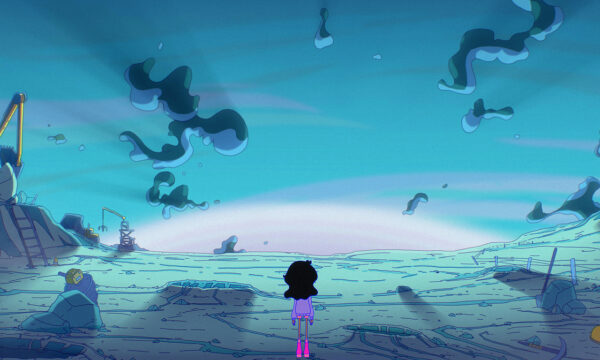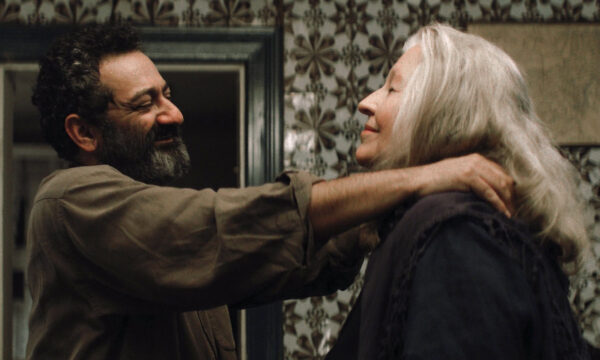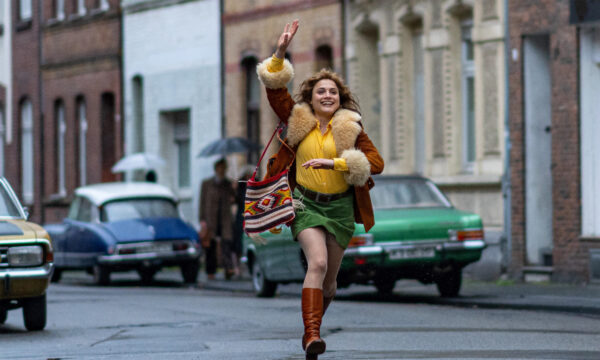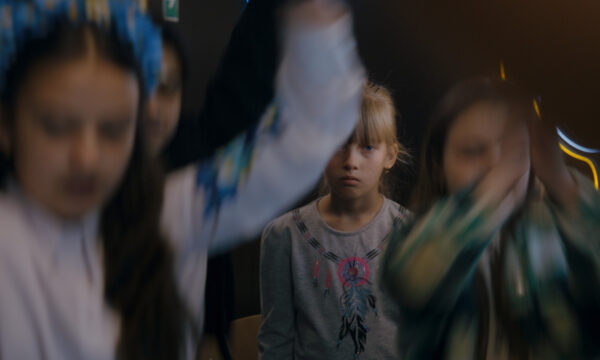Interchange

Non-place is a theoretical term coined by Marc Augé to describe transient spaces where occupants remain anonymous, places that do not hold enough significance to be considered authentic. This could be an airport, a mall or an international chain of hotels. Interchange uses this idea as a springboard into a larger journey.
The first shot establishes the tone for the rest of the film: a young girl rocks languidly on her swing set as the highway junction behind her roars with the sounds of lorries and trucks. The picture slowly takes us into a highway town consisting of a minor collection of streets, shops and houses. A space lacking the personality or vibrancy to be considered a suburb or even a town, created to supply the traffic passing through with petrol and food.
Directors Brian M Cassidy and Melanie Shatzky omit a guiding, narrative voice-over and focus instead on a soundtrack consisting mostly of traffic sounds and urban noise: the dial tone of a payphone, the hiss of the bus hydraulics and the sound of nearby construction. The overwhelming din on the surface would suggest a bustling, vibrant, populated world but this nowhere space is almost devoid of human life. The camera lingers on bored teenagers smoking cigarettes on street corners, and retired women sitting at the bus stop without any intention of going anywhere, basking like a dog in the sun.
The film-essay leaves the audience frustrated and sedated at the same time, much like the experience of existing in these non-place spaces. This cinematic experiment belongs in art galleries and post-modern theses, not in movie theatres per se. Wandering like a fly, jumping from street corner to window pane, Interchange is a bemusing meditation on the victims of urban sprawl.
Sean Gallen
Interchange does not have a UK release date yet.
For further information about the 68th Berlin Film Festival visit here.
Read more reviews from the festival here.

























Facebook
Twitter
Instagram
YouTube
RSS